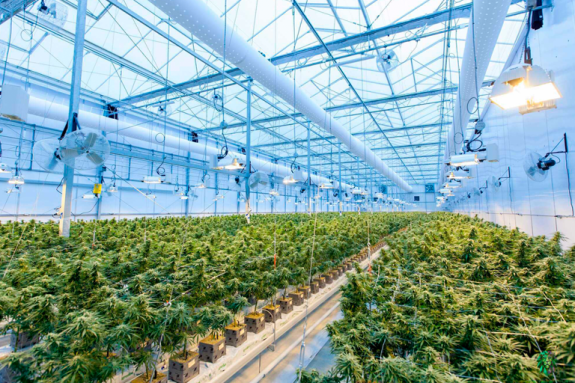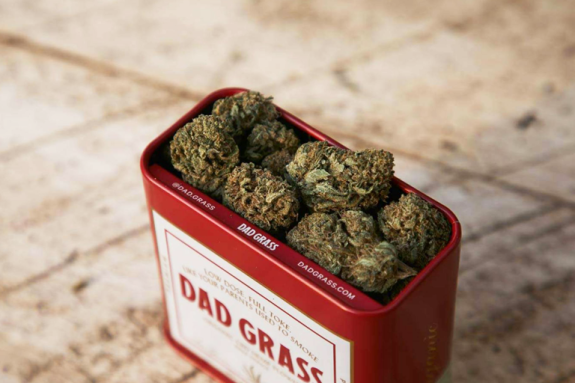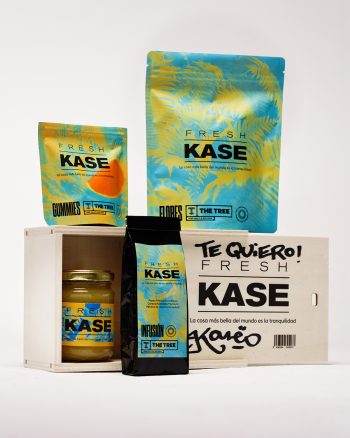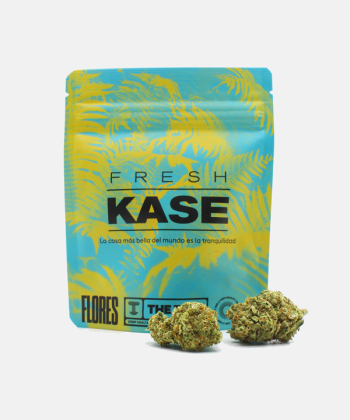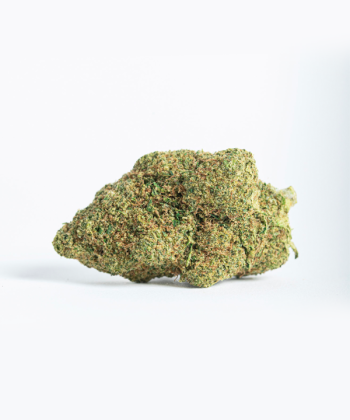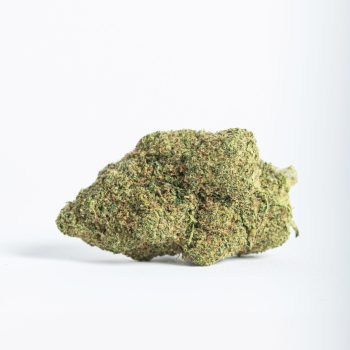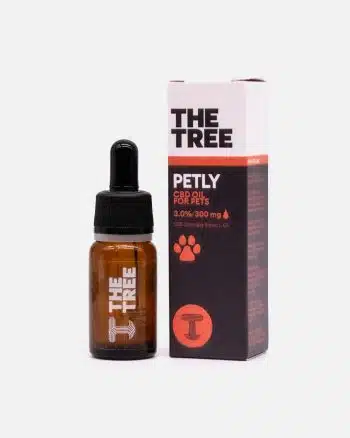Hydroponic CBD is obtained from soil-less cultivation, where cannabis plant roots are in direct contact with water carrying a nutrient solution.
In recent years, interest in cannabidiol (CBD) has grown exponentially due to its numerous wellness-promoting properties.
From products that may help relieve pain to those that aid with insomnia, CBD has become a great ally for many people.
However, the way CBD is grown can significantly impact its quality and effectiveness. This is where hydroponic CBD comes into play.
Hydroponic cultivation, a technique that uses nutrient solutions instead of soil for plant growth, is gaining popularity in the cannabis industry. This method allows precise control over growing conditions, resulting in healthier plants with higher cannabinoid content.
In this article, we will explore what hydroponic CBD is, how it differs from traditional growing methods, and why it could be a superior option for users.
How Hydroponic CBD Is Grown
Hydroponic cultivation is an advanced technique that offers multiple advantages over traditional soil-based methods. By eliminating the need for soil, growers can exercise much more precise control over the nutrients and growing conditions of cannabis plants, resulting in higher CBD flower production and better quality.
Here’s a step-by-step guide on how hydroponic CBD is grown:
- Selection of the Hydroponic System: There are various types of hydroponic systems, such as ebb and flow, drip systems, and nutrient film technique (NFT). Each has its advantages and disadvantages, so it’s important to choose the one that best suits the grower’s capabilities and available space.
- Preparation of the Growing Medium: Instead of soil or peat, other substrates such as perlite, vermiculite, coconut fiber, or rock wool are used. These mediums support the roots and facilitate the absorption of nutrients and water.
- Nutrients and Hydroponic Solution: Cannabis plants require a specific mix of minerals to feed and grow optimally. These nutrients are dissolved in water to create a nutrient solution that is supplied directly to the roots. Monitoring and adjusting the pH of the solution to maintain it in an ideal range is crucial in this type of cultivation.
- Lighting: This is a key factor in hydroponic cultivation. Full-spectrum LED lamps are very popular because they provide the necessary light for all stages of plant development, from germination to flowering.
- Environmental Control: This is fundamental for successful hydroponic cultivation. It includes regulating temperature, humidity, and ventilation. Maintaining a temperature between 20-25 °C and a relative humidity between 40-60% is ideal for cannabis.
- Monitoring and Maintenance: Growers should regularly check the health of the plants, nutrient levels, and the pH of the water. It is also important to clean and maintain the hydroponic system to prevent algae buildup and other contaminants, as well as the proliferation of fungi, which are common in humid environments.
- Harvesting: When the plants have reached their full potential, generally after 8-12 weeks of flowering, depending on the genetics, it is time for harvest. Once cut, the leaves are carefully removed, and the plants are dried in a controlled environment to preserve CBD quality.
Hydroponic CBD cultivation offers an efficient alternative to traditional cultivation. With proper control and attention to detail, growers can produce high-quality cannabis with an optimized terpene and cannabinoid profile, thereby maximizing the potential benefits of CBD.
Differences Between Hydroponic CBD and Traditional CBD
Below, we explore the most important differences between hydroponic CBD and traditional CBD.
- Growing Medium:
- Hydroponic CBD: Grown without soil, using substrates such as rock wool, coconut fiber, or perlite. Plants receive nutrients directly through a nutrient solution in water.
- Traditional CBD: Grown in soil, which provides a natural environment with organic nutrients and beneficial microorganisms.
- Nutrient Control:
- Hydroponic CBD: Allows precise control over the nutrient composition, adjusting exactly what the plant needs at each stage. This can result in a healthier plant with a more consistent cannabinoid profile.
- Traditional CBD: Nutrient availability depends on soil quality and composition, which can be less controllable and vary with weather conditions or other environmental factors.
- Growth and Yield:
- Hydroponic CBD: Allows higher yields due to the optimization of nutrients and environmental control. Plants are usually more vigorous and produce more flowers with higher CBD content and better quality.
- Traditional CBD: Yields are less predictable, as plants are more subject to climate variations and soil conditions.
- Consistency and Stability:
- Hydroponic CBD: Offers a more consistent final product, as the controlled environment reduces the risk of contaminants and diseases. This results in high-quality CBD with less variability between batches.
- Traditional CBD: The final product may vary more due to environmental factors and the lesser ability to control growing conditions, leading to differences in cannabinoid content.
- Production Costs:
- Hydroponic CBD: May have higher initial costs due to the investment in equipment and technology. However, higher yields and greater efficiency can offset these costs in the long run.
- Traditional CBD: Typically has lower costs but is less efficient in terms of production and resource use.
In summary, both growing methods have their own advantages and disadvantages. Hydroponic CBD stands out for its control and consistency, while traditional CBD may offer a more natural option with lower initial costs. The choice between one or the other will depend on the grower’s priorities and the end user’s needs.

